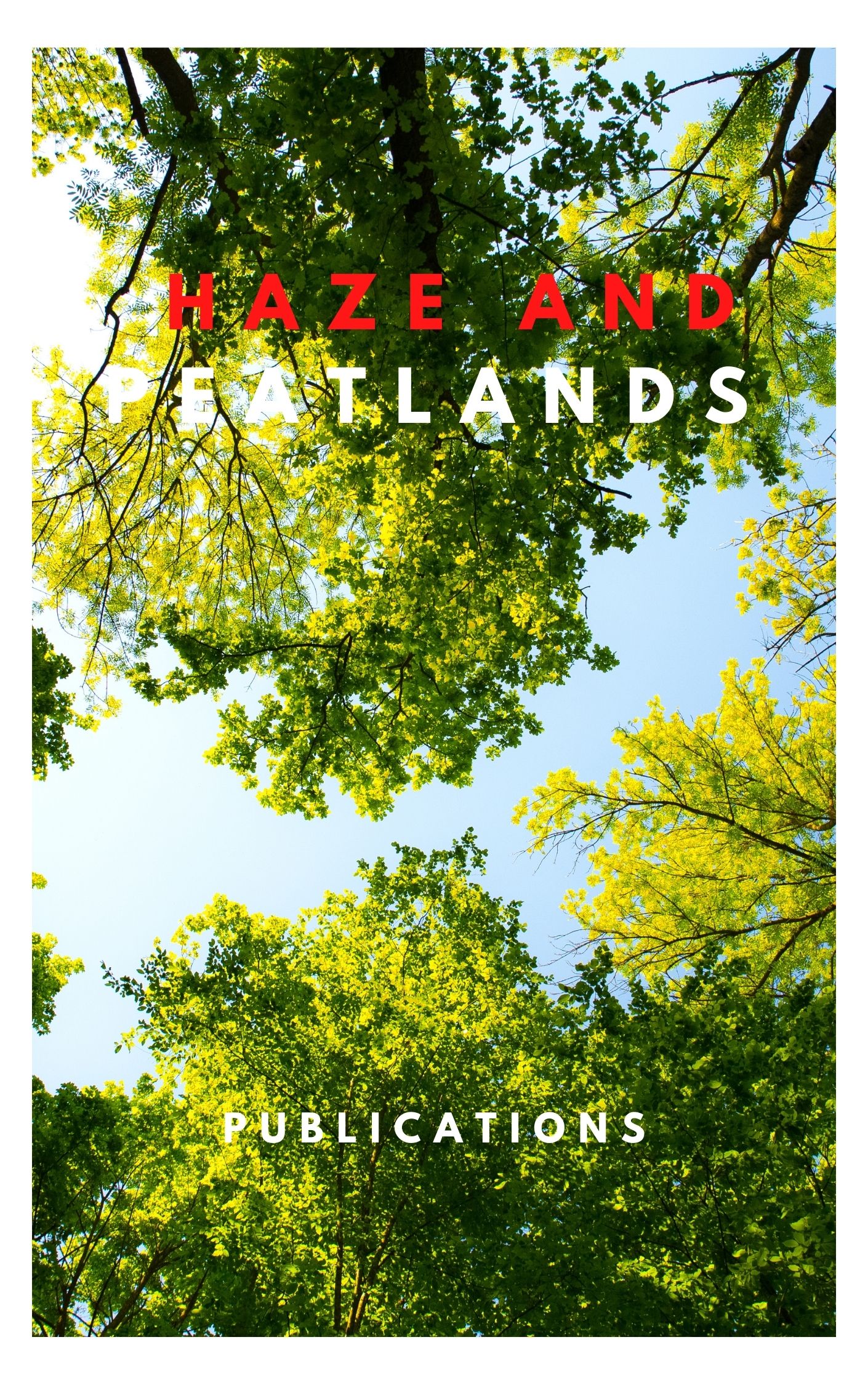A large proportion of global natural rubber production takes place in Southeast Asia. The majority of this rubber is produced by smallholders. Thailand, Indonesia and Malaysia are the three principal countries involved. In Malaysia and Indonesia the smallholder sector accounts for 72% and 84% of total rubber production respectively. In other countries rubber plays a significant role on a more local basis. Imperata is a serious problem for the smallholder rubber farmer in most of Southeast Asia in three respects: the high cost (labour and/or capital) of opening Imperata-infested land, its competitive effect on rubber and annual intercrops, and the fire hazard that it poses during the dry season as a major source of combustible material. The costs of Imperata to smallholders are substantial in terms of a direct loss through fire and revenue foregone or delayed as a result of competition. Most smallholders intercrop their rubber during the first 1-3 years after planting it, and during this period Imperata is reasonably well controlled. Intercropping is only feasible for a limited period because of limited soil fertility and/or the shading effect of the rubber trees, After intercropping, Imperata tends to establish itself for a few years until it too is shaded out by the rubber. This is the problem period, during which farmers practise only limited weed management, if any. A large amount of research has been done on methods of controlling Imperata, but the recommended methods have been generally spurned by smallholders unless they have been given subsidies to apply them. This paper describes the precise nature of the Imperata problem, with reference to some of the smallholder rubber-based farming systems within Southeast Asia; the different Imperata control strategies currently practised in these farming systems; and some of the constraints on the adoption of currently and recently recommended practices. It then proposes a ten-point agenda for research on Imperata control, including two ways in which current research programmes could be usefully reoriented: first, they need to take greater account of smallholder farming systems and constraints; and second they should shift their emphasis from single-method to integrated control systems.
View source

